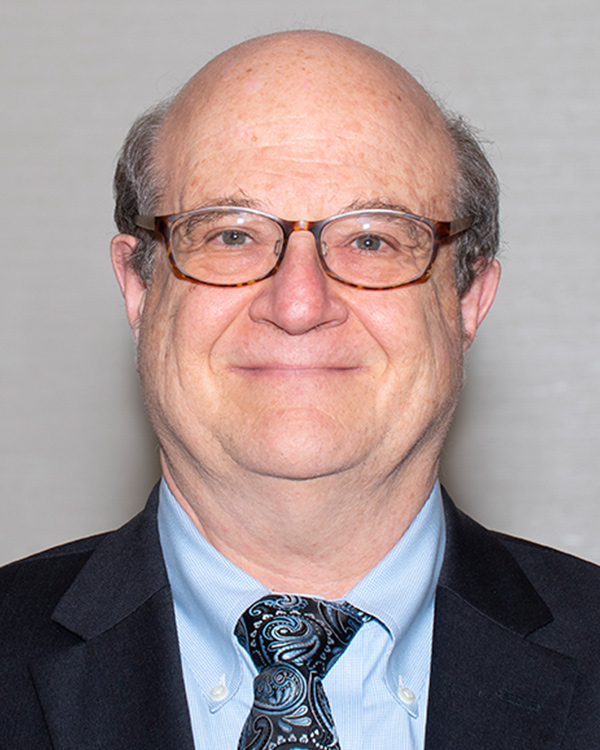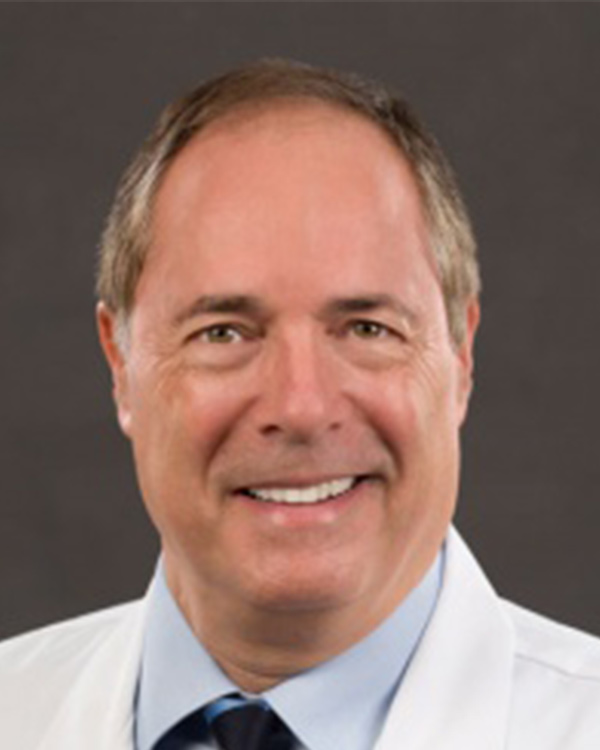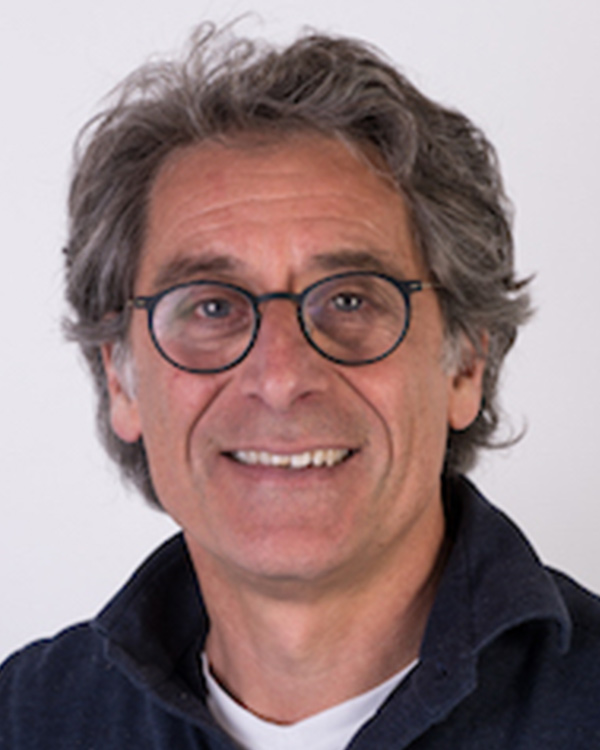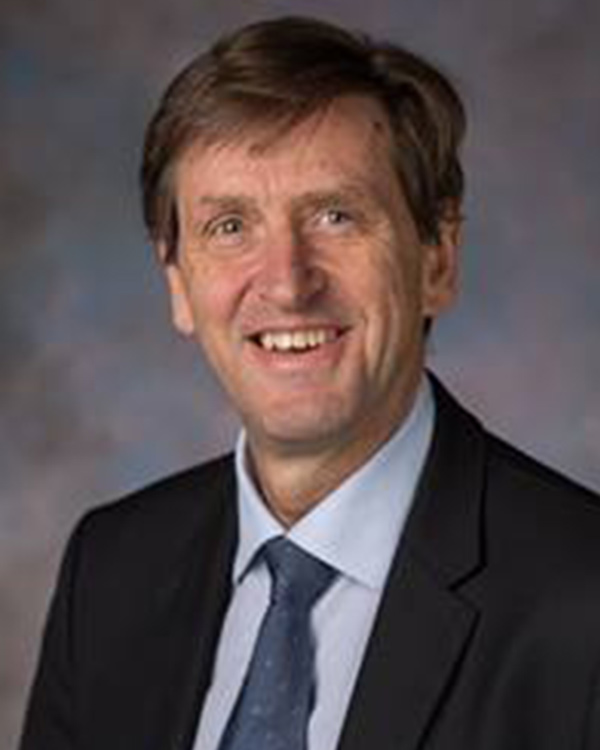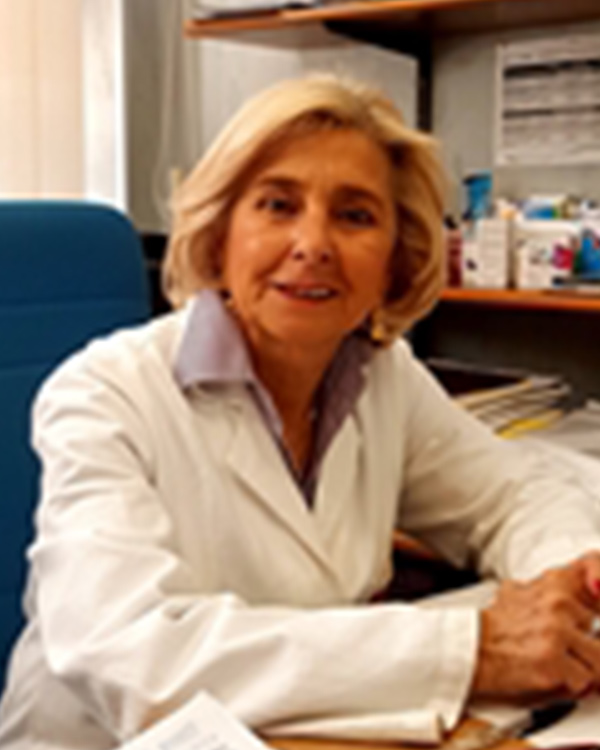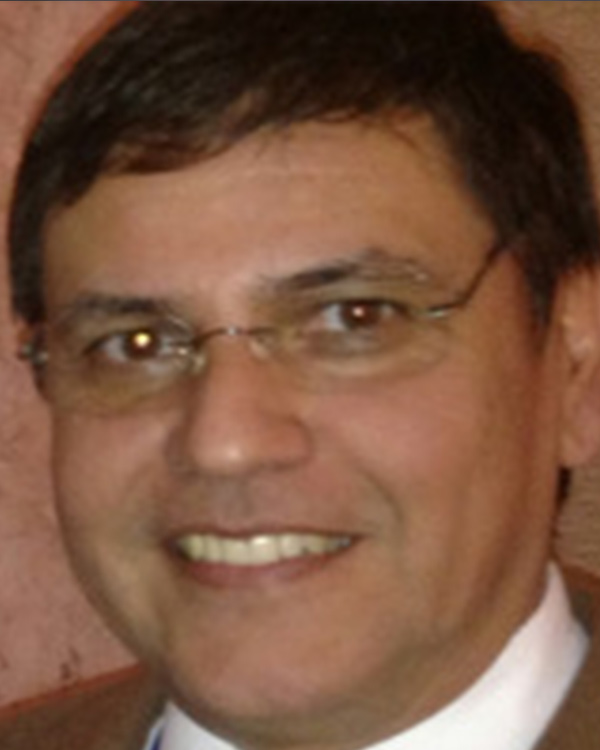The Rome Foundation Pediatric Committee provides the structure to foster and further develop the pediatric GI components of the Rome foundation that will cover aspects of education, research and patient care
Since the initial development of the pediatric Rome criteria in 1999 there has been a major increase in their recognition and research related to it. The Rome foundation has been supportive and instrumental, in the development of pediatric criteria. It has already invested in the development of pediatric criteria, diagnostic, treatment algorithms, and relevant position papers. Using these developments as a launching point, it has become clear that it is now necessary to further expand the efforts in the pediatric field. This will foster more education, research and therapies into pediatric FGIDs. There is also a need for general practitioners, pediatricians, nurse practitioners, physician assistants and particularly pediatric GI specialists to be able to recognize the disorders and provide better therapy. This subgroup of pediatric oriented members will allow more cross fertilization, will define priorities, and will help develop pediatric specific programs that will advance the field, and have an impact on the health of children with DGBIs.
The committee will:
- The Committee will work on laying the ground and establish the process to define the pediatric needs for Rome V, and will be the main conduit to organize the Rome V pediatric committee.
- Provide Rome Foundation guidance on what pediatric clinicians need to better address patient needs and enable Rome to be a leader in the pediatric GI space.
- Create courses to update physicians and other providers (nurse practitioner, PA, nurses) in the evaluation and treatment of children with FGIDs
- Create videos on the best approach and interactions with these children and families
- To provide opportunities for junior faculty to participate in Rome Foundation projects and activities.
- Development of mentorship programs for young physicians.
- This may include visiting opportunities
- Development of courses and educational tools
- Development of research opportunities for young physicians.
- Possibly raise money and earmark a Rome grant for pediatrics. This may need to be done together with the CDHNF foundation
- To initiate a Rome Visiting Scholar program for Pediatrics.
- Be the liaison between the Rome foundation and other pediatric societies like NASPGHAN and ANMS

